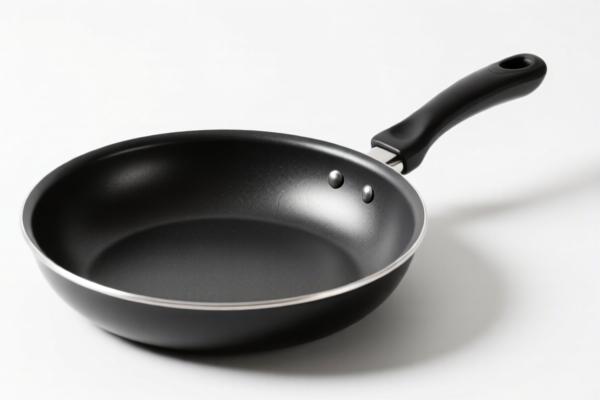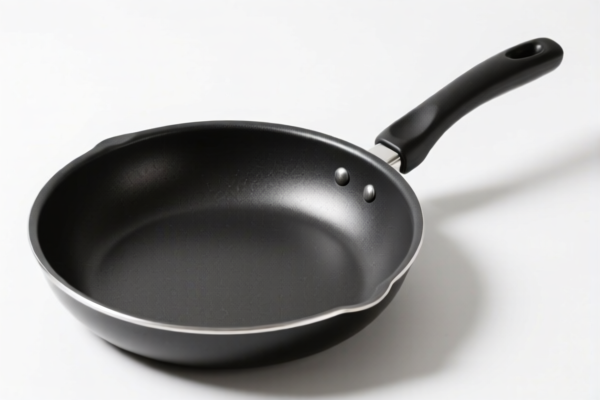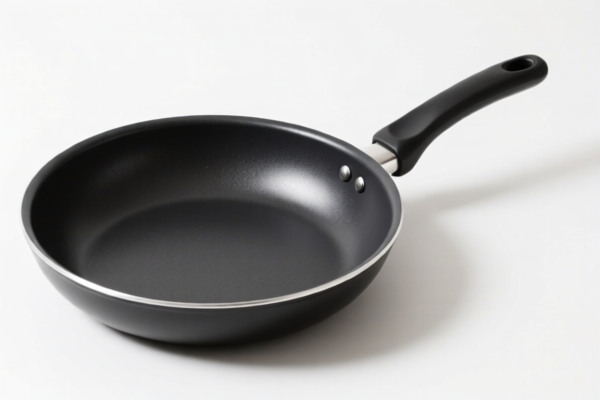| HS Code | Official Doc | Tariff Rate | Origin | Destination | Effective Date |
|---|---|---|---|---|---|
| 7020006000 | Doc | 60.0% | CN | US | 2025-05-12 |
| 7323930035 | Doc | 57.0% | CN | US | 2025-05-12 |
| 7323920040 | Doc | 37.5% | CN | US | 2025-05-12 |
| 7323915020 | Doc | 35.3% | CN | US | 2025-05-12 |
| 7323940021 | Doc | 65.2% | CN | US | 2025-05-12 |
| 3924104000 | Doc | 33.4% | CN | US | 2025-05-12 |




Okay, let's break down the HS codes provided for your "BAKING PAN" declaration. I'll explain each code, its meaning, and potential implications for your import from China.
Understanding HS Codes: A Quick Primer
HS codes (Harmonized System codes) are internationally standardized codes used to classify traded products. The first 6 digits are generally consistent worldwide, while additional digits can vary by country. Here's how to interpret them:
- Chapter (First 2 digits): Broad category of the product.
- Heading (First 4 digits): More specific classification within the chapter.
- Subheading (First 6 digits): Even more detailed classification.
- Additional Digits: Country-specific for further detail (e.g., for tariff purposes).
Analysis of Your HS Codes
Here's a breakdown of each code you provided, along with potential considerations:
1. 7020.00.60.00 – Other articles of glass: Other
- Chapter 70: Glass and glass articles.
- Heading 7020: Other articles of glass.
- Subheading 7020.00.60.00: This is a very broad category. It suggests your baking pan is made of glass, but doesn't specify the type.
- Tax: Base Tariff: 5.0%, Additional Tariff: 25.0%, Total Tax: 60.0%
- Considerations: Is this baking pan made entirely of glass? If it has any metal components (even a rim), this code might not be accurate.
2. 7323.93.00.35 – Table, kitchen or other household articles and parts thereof, of iron or steel; iron or steel wool; pot scourers and scouring or polishing pads, gloves and the like, of iron or steel: Other: Of stainless steel Cooking and kitchen ware: Other: Cooking ware: Bakeware (cookware not suitable for stove top use)
- Chapter 73: Articles of iron or steel.
- Heading 7323: Table, kitchen or household articles of iron or steel.
- Subheading 7323.93.00.35: Specifically for stainless steel cooking ware, bakeware not for stove top use.
- Tax: Base Tariff: 2.0%, Additional Tariff: 0.0%, Total Tax: 57.0% (potentially increasing to 30% additional tariff after April 2, 2025)
- Considerations: Is the baking pan made of stainless steel? The 2025 tariff change is important to note.
3. 7323.92.00.40 – Table, kitchen or other household articles and parts thereof, of iron or steel; iron or steel wool; pot scourers and scouring or polishing pads, gloves and the like, of iron or steel: Other: Of cast iron, enameled Other
- Chapter 73: Articles of iron or steel.
- Heading 7323: Table, kitchen or household articles of iron or steel.
- Subheading 7323.92.00.40: Specifically for enameled cast iron cooking ware.
- Tax: Base Tariff: 0.0%, Additional Tariff: 7.5%, Total Tax: 37.5% (potentially increasing to 30% additional tariff after April 2, 2025)
- Considerations: Is the baking pan made of cast iron and is it enameled?
4. 7323.91.50.20 – Table, kitchen or other household articles and parts thereof, of iron or steel; iron or steel wool; pot scourers and scouring or polishing pads, gloves and the like, of iron or steel: Other: Of cast iron, not enameled: Other Bakeware (cookware not suitable for stove top use)
- Chapter 73: Articles of iron or steel.
- Heading 7323: Table, kitchen or household articles of iron or steel.
- Subheading 7323.91.50.20: Specifically for non-enameled cast iron cooking ware.
- Tax: Base Tariff: 5.3%, Additional Tariff: 0.0%, Total Tax: 35.3% (potentially increasing to 30% additional tariff after April 2, 2025)
- Considerations: Is the baking pan made of cast iron and is it not enameled?
5. 7323.94.00.21 – Table, kitchen or other household articles and parts thereof, of iron or steel; iron or steel wool; pot scourers and scouring or polishing pads, gloves and the like, of iron or steel: Other: Of iron (other than cast iron) or steel, enameled Cooking and kitchen ware: Of steel: Other: Cooking ware: Bakeware (cookware not suitable for stove top use)
- Chapter 73: Articles of iron or steel.
- Heading 7323: Table, kitchen or household articles of iron or steel.
- Subheading 7323.94.00.21: Specifically for enameled steel cooking ware.
- Tax: Base Tariff: 2.7%, Additional Tariff: 7.5%, Total Tax: 65.2% (potentially increasing to 30% additional tariff after April 2, 2025)
- Considerations: Is the baking pan made of steel and is it enameled?
6. 3924.10.40.00 – Tableware, kitchenware, other household articles and hygienic or toilet articles, of plastics: Tableware and kitchenware: Other
- Chapter 39: Plastics and articles thereof.
- Heading 3924: Tableware, kitchenware, other household articles of plastics.
- Subheading 3924.10.40.00: Specifically for plastic tableware and kitchenware.
- Tax: Base Tariff: 3.4%, Additional Tariff: 0.0%, Total Tax: 33.4% (potentially increasing to 30% additional tariff after April 2, 2025)
- Considerations: Is the baking pan made of plastic?
Recommendations:
- Material Verification: Crucially, confirm the exact material composition of your baking pan. This is the most important factor in selecting the correct HS code.
- Enameled vs. Non-Enameled: If it's cast iron, determine if it has an enamel coating.
- Stainless Steel Grade: If it's stainless steel, knowing the grade can sometimes be helpful (though not always required).
- April 2, 2025 Tariff Changes: Be aware of the potential tariff increases on steel and aluminum products.
- Supplier Documentation: Ask your supplier for a detailed product specification sheet and any existing classification information they have.
- Customs Consultation: If you're unsure, consider consulting with a licensed customs broker in China or your destination country. They can provide expert guidance and help you avoid potential issues with customs clearance.
Disclaimer: I am an AI assistant and cannot provide definitive customs classification advice. This information is for general guidance only. Always consult with a qualified customs professional for accurate and up-to-date information.
Customer Reviews
The HS code 7323.94.00.21 for enameled steel baking pans was super detailed. The note about the potential 2025 tariff increase was a great heads-up.
The information was helpful, but I found the tariff rates a bit overwhelming. It would be great to have a summary table for quick reference.
I was impressed with how the site explained the differences between enameled and non-enameled cast iron. The 7323.91.50.20 code was exactly what I needed for my product.
The HS code 7020.00.60.00 was a bit confusing at first, but the note about it being for glass baking pans made it easier to understand. The images helped too.
The detailed explanation of the 3924.10.40.00 code for plastic baking pans was exactly what I was looking for. The tariff info is super useful for my export planning.